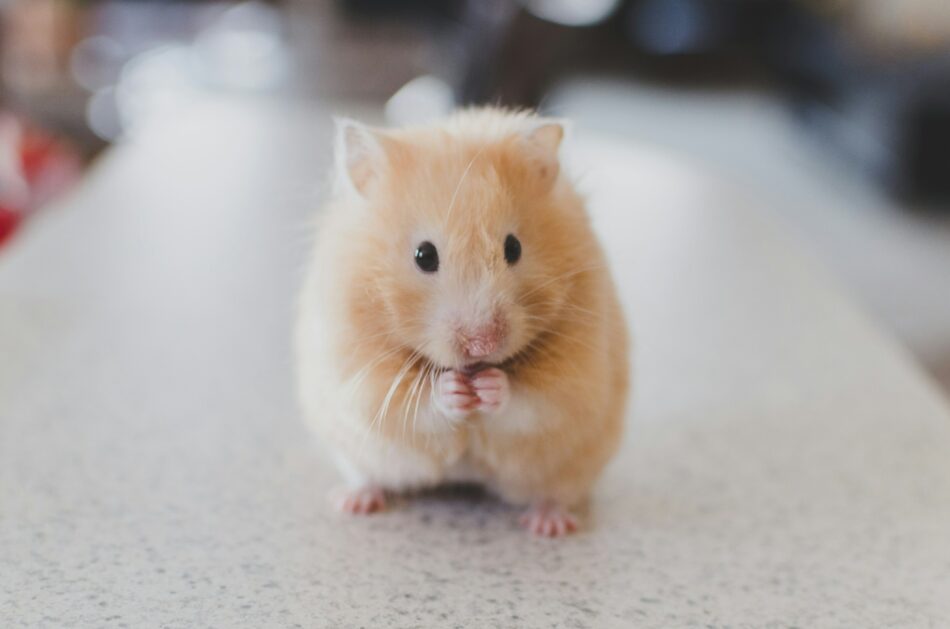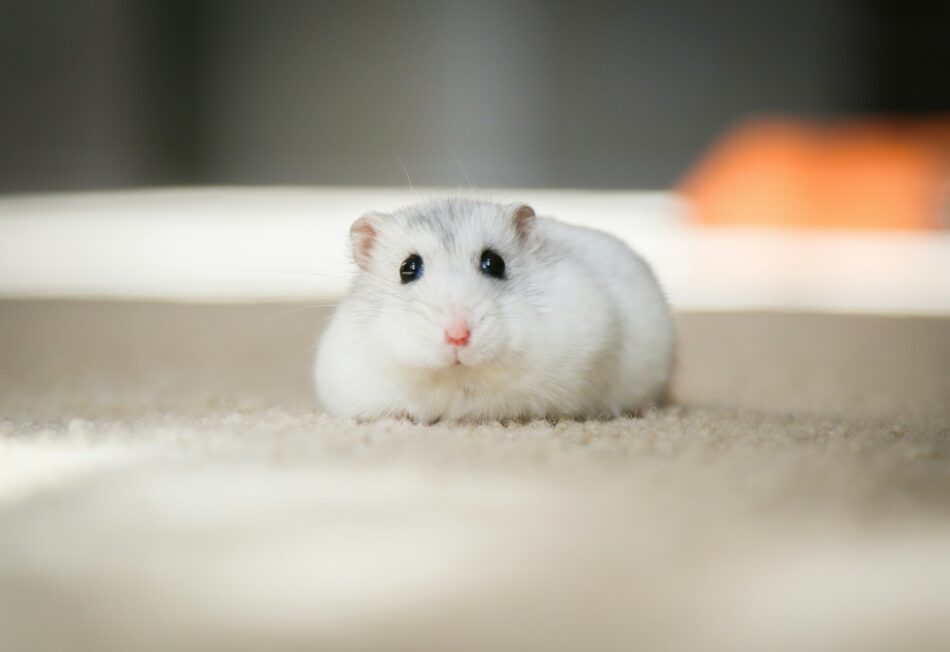Hamster personalities explained
Hamsters may be small, but they have large personalities packed into their pint-sized bodies. Since they’re easy to take care of, they’re great pets for owners of all ages. And, when provided with the right habitat, hamsters will delight their owners by displaying their intelligent and vibrant personalities. In this blog we explore hamster personalities and their unique characteristics that make them a great small pet to have.

How are hamster personalities determined?
Just like other pets, different attributes play into how your hamster may behave. While personalities are unique to each hamster, some aspects that may determine how they act include:
- Gender
- Breed
- Age
The following factors will help you decide which hamster may mesh best with your family.
Male vs female hamster personalities
There are some key differences to consider when weighing if you should get a male or female hamster. Both can make great pets, but it’s important to take note of how their respective genders may affect their personalities.
Male hamster personalities
Males are generally larger than females and may grow longer, more dense coats that may require grooming. They’re also typically more outgoing and tolerant of being handled. Male hamsters can be territorial, but are typically not as defensive of their space as females. On the whole, male hamsters are known for being easygoing and more playful than females.
Female hamster personalities
Females are usually smaller than males and have a reproductive cycle that will affect their demeanour. A female hamster will go into heat every 4 or 5 days, and may act moody during this time. Female hamsters in heat may become aggressive to their owners or cage mates, sleep more, and be less tolerant of being handled. In addition to being temperamental, they also emit a musky odour during their heat cycle that may be off-putting to their owners. Females are more prone to being territorial of their space with both humans and other hamsters.
5 hamster breed personalities
Like gender, the hamster breeds you choose will influence their personality. Did you know that there are over 20 types of hamsters in the world? Many of these are wild species that have not been domesticated, like the Mongolian hamster, Turkish hamster, and the European hamster.
Only some breeds are kept as pets due to their human-friendly temperaments and tolerance of being handled. And, among these, some breeds are known for being more easygoing than others – so be sure to consider their breed carefully before bringing your hamster home.
Syrian hamsters
Syrian hamsters are also known as “golden” or “teddy bear” hamsters. This breed is larger than the rest on our list, but is known to be the most friendly toward humans. They are laid back, easy to tame, and warm up to their owners quickly, displaying social behaviours with them. However, they prefer a life of solitude (even in the wild), and do not do well housed with other hamsters.
Hand-feeding your hamster will help build a bond quickly, and before long your Syrian hamster will look forward to your daily visits. They’re also great companions for small children, as their size makes them easier to handle.
Russian dwarf hamster
These small, curious creatures thrive in small groups in the wild. For this reason, it’s best to keep at least two, if not more, to recreate this social structure. No more than 2 males should be kept together, however – otherwise they may become territorial. Several females can cohabitate nicely.
Because they bond with their peers, it may be slightly more difficult to bond with this breed. Due to their size, they may be more timid at first, but will warm up to humans faster if they are hand-fed.
Chinese dwarf hamster
Also known as “striped” hamsters, this breed likes to live a life of solitude much like its cousin the Syrian hamster. This small breed is fast, but slower to warm up to their owners at first. Shy in nature, the Chinese dwarf hamster takes patience to tame.
They can be tamed with daily handling and hand-feeding sessions. Chinese dwarf hamsters are prone to biting when frightened, so it’s best to go slow and avoid sudden movements or loud noises while working with your pet. With enough time and commitment, they too can grow accustomed to being handled by their owners.
Roborovski dwarf hamster
Also known as “robo” hamsters, this little breed is the smallest and most active of domesticated hamsters. They’re so active in fact, that they have been known to run the equivalent of four human marathon races – every night. Being the “hummingbirds” of hamsters, they are very fast and may be difficult to catch and handle. They also prefer to live in same-sex social groups.
When active, robo hamsters make more noise than other breeds, and will exercise all night long in their cages. Because of their high energy, they aren’t a laid-back, cuddly breed, and are not suitable for young children.
Campbell Russian dwarf hamster
This breed prefers living in pairs, but may successfully be kept in a social group. And while they may resemble the Russian dwarf hamster in appearance, the resemblance stops there. They’re actually known to be very territorial and temperamental.
This breed is not a good choice for children, or for those wanting to handle their hamsters regularly. Campbell Russian dwarf hamsters have earned a reputation for being biters – sometimes latching onto a finger of their owners. While each hamster is their own unique self, caution should be taken when considering this breed.
Omlet and your hamsters
Hamsters are great starter pets for children, or as an addition to a family with other pets. At Omlet, we are experts when it comes to pet care, we offer helpful blogs and guides that can be referred to when needed the most. You can ensure that your hamster will be happy, healthy and lead a fulfilling life with Omlet by your side.

This entry was posted in Hamsters
